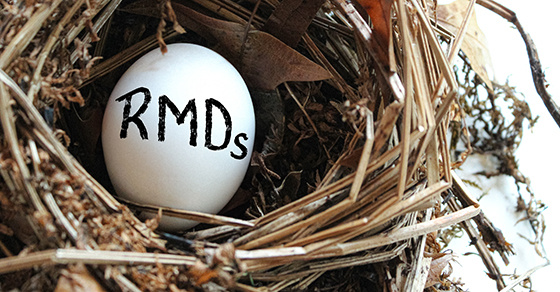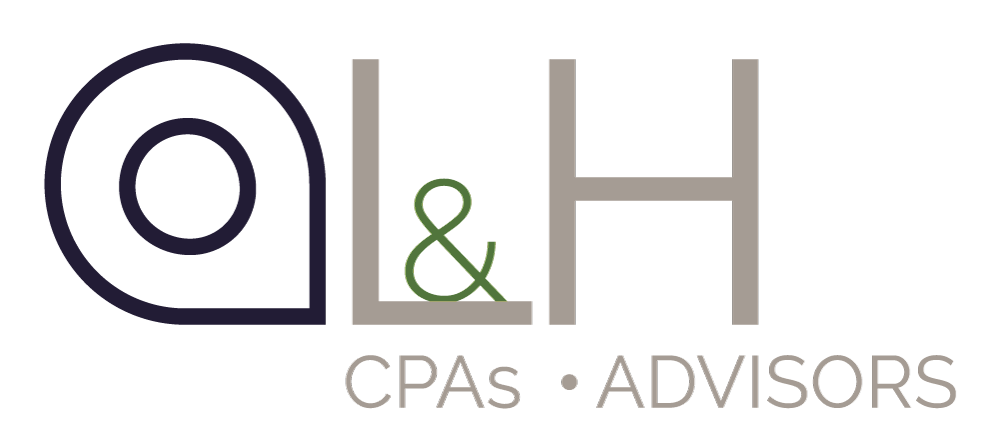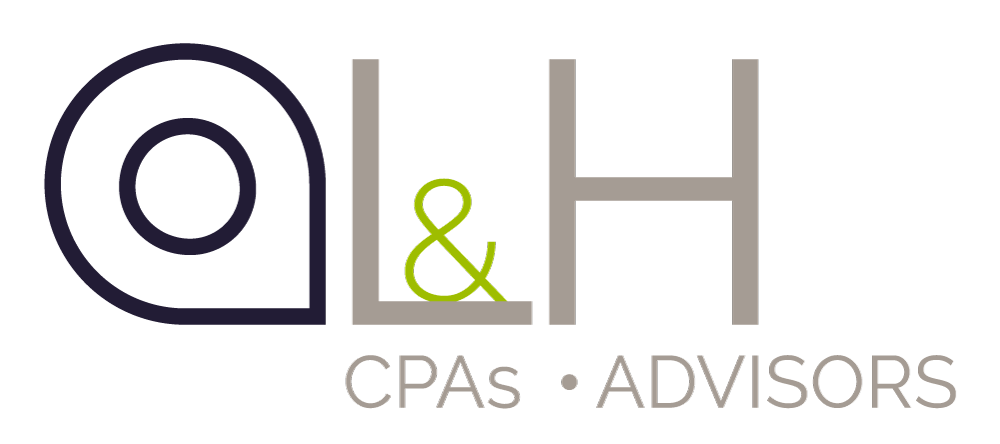
As this article explains, tax planning for retirement is critical to ensuring that savings last. Retirees are urged to estimate cash needs, coordinate Social Security benefits with other income sources and take required minimum distributions. They should also allocate assets into taxable, tax-deferred and nontaxable “buckets.” A sidebar talks about making charitable distributions from a traditional IRA.
Planning for a tax-efficient retirement
Today’s longer life expectancies mean that your retirement savings may have to stretch for more years than you anticipated. One strategy for making these dollars last longer is effective tax planning.
Review your income sources
The first step is to estimate your cash needs in retirement and evaluate your various income sources. Most people have a combination of taxable assets (mutual funds, brokerage accounts), tax-deferred assets (IRAs, 401k plans) and nontaxable assets (Roth IRAs, Roth 401k plans). It’s also important to consider Social Security and pensions. Generally, you can begin receiving Social Security benefits at any time from age 62 to age 70. The longer you wait, the larger the benefits, although the ideal time to pull the trigger depends on a variety of factors, including your retirement plans, life expectancy, other income sources and marital status.
You’ll want to coordinate Social Security benefits with other income sources because the higher your income, the more likely you are to be taxed on those benefits. For example, if you’re married filing jointly, and you and your spouse have combined income of over $44,000, up to 85% of your Social Security benefits are taxable. Combined income is generally made up of your adjusted gross income (AGI), plus any tax-exempt bond interest, plus half of your Social Security benefits.
Remember RMDs
Another important factor is required minimum distributions (RMDs). When you reach age 70½, you’re required to begin taking distributions from traditional (but not Roth) IRAs and employer-sponsored retirement plans, regardless of whether you need the money. It’s possible to delay RMDs from an employer-sponsored plan, however, if you continue to work and meet certain other requirements.
Generally, the amount of your RMD is the account balance as of the end of the preceding year divided by your life expectancy, or, if your spouse is more than 10 years younger, your joint and survivor life expectancy. Note: You may be able to minimize the impact of RMDs by making qualified charitable distributions from your IRA. (See “The gift that gives back.”)
Planning before age 70
Once you hit your 70s, you’ll have to start taking RMDs, as well as Social Security. This can trigger substantial taxes. But you can soften the blow with some planning during the early years of your retirement (assuming you retire before age 70).
Many people avoid taking distributions from traditional IRAs and employer-sponsored plans until they have to because leaving assets in the accounts maximizes tax-deferred growth. But this strategy also increases the size of your RMDs, which can create tax issues down the road. Plus, in the early years of retirement, you’ll likely be in a lower tax bracket, so it might make sense to accept some taxable distributions at that time.
One option is to take advantage of your lower tax bracket by converting a traditional IRA to a Roth IRA, either all at once or gradually over several years. You’ll owe taxes on the amount converted, but you’ll then enjoy tax-free growth and tax-free withdrawals from the Roth account, which will lower your taxes down the road.
Bucket challenge
Most retirees have their retirement savings allocated among three “buckets” of assets: taxable, tax-deferred and nontaxable. You should develop a plan for withdrawing these funds during retirement in the most tax-efficient manner.
Suppose, for example, that you’re married filing jointly and your retirement savings are held in a traditional IRA, a Roth IRA and a brokerage account. Each year, you might withdraw funds from your traditional IRA until your taxable income reaches $78,950, the top of the 12% bracket (in 2019 for married filing jointly). Income above that level is taxed at 22% or more. This approach keeps current taxes low while reducing the amount of RMDs in the future.
Next, you might draw from your brokerage account, which will likely trigger long-term capital gains taxes at a 15% rate (assuming your modified adjusted gross income doesn’t exceed certain thresholds, where the additional 3.8% net investment income tax, or the higher 20% capital gains rate, kicks in). You’ll want to leave the Roth IRA untouched for as long as possible, to maximize tax-free growth.
Start now
It takes time to coordinate various income sources and map out an effective strategy for withdrawing retirement savings. To ensure that your plan is tax efficient, start working with your advisors as early as possible.
Sidebar: The gift that gives back
If you plan to make charitable gifts during retirement and are at least age 70½, qualified charitable distributions (QCDs) from a traditional IRA may be the most tax-efficient strategy. A QCD allows you to transfer up to $100,000 per year tax-free directly from an IRA to a qualified public charity and to apply it toward your RMDs.
A QCD bypasses your income, enabling you to reduce your taxes even if you don’t itemize deductions. And because it’s excluded from your adjusted gross income, it won’t increase taxes on your Social Security benefits. Far fewer taxpayers itemize deductions under current law, so this strategy is gaining in popularity.
© 2019

Maximize your 401(k) in 2025: Smart strategies for a secure retirement
Saving for retirement is a crucial financial goal and a 401(k) plan is one of the most effective tools for achieving it. If your employer offers a...

Do you have questions about taking IRA withdrawals? We’ve got answers
Once you reach age 73, tax law requires you to begin taking withdrawals — called Required Minimum Distributions (RMDs) — from your traditional IRA,...




